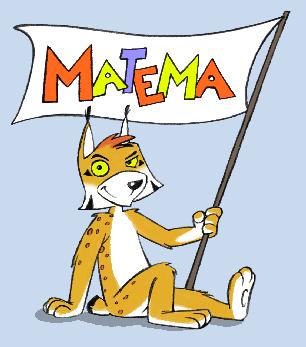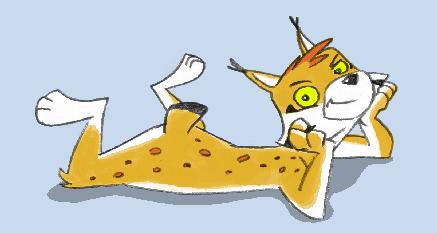
|
Bergische Universität Wuppertal
|

|
|

|
Bergische Universität Wuppertal
|

|
|
|
Materialien für Interessierte zum Vortrag am
Die Zielgruppe sind Schüler ab der 11. Klasse. |

text1
Hier konzentrieren wir uns auf eine einfache mathematische Modellierung Population von Honigbienen und wollen anhand des Modells Gegenmaßnahmen diskutieren.
Als Daten stehen .... zur Verfügung.

|